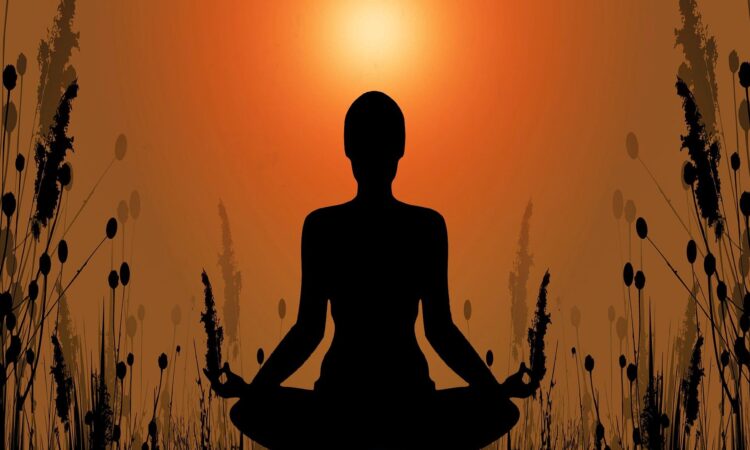
Meditation has been practiced in different cultures and traditions around the world for thousands of years. One form of meditation that has been particularly prominent across many cultures is mantra meditation. Mantras are a set of words or sounds repeated over and over again during meditation. Each culture has its own set of mantras with a unique meaning and purpose.
In Hinduism, mantras are a fundamental part of spiritual practice. One of the most well-known Hindu mantras is “Om,” which is believed to represent the universe and the sound of creation. It is often used at the beginning and end of a meditation practice. The Gayatri mantra is another popular mantra in Hinduism that is used to invoke the power of the sun and divine wisdom.
Buddhism also has a rich history of using mantras in meditation. In Tibetan Buddhism, the mantra “Om Mani Padme Hum” is a well-known and frequently used mantra. It is believed to bring compassion and wisdom, and it is often chanted during meditation or used as a form of prayer.
In the Sikh tradition, the mantra “Waheguru” is a central part of spiritual practice. It is a combination of two words: “Wahe” which means “wonderful” or “amazing” and “Guru” which means “teacher” or “guide.” The mantra is repeated to connect with the divine and cultivate a sense of gratitude and wonder.
Mantras are also used in Jainism, a religion from India that emphasizes non-violence and compassion. Jains use the Navkar mantra, which consists of nine syllables and is considered one of the most powerful mantras in Jainism. It is believed to help purify the mind and cultivate a sense of peace and equanimity.
In the Christian tradition, repetition of phrases or prayers is also used as a form of meditation. The Jesus Prayer, “Lord Jesus Christ, have mercy on me,” is a commonly used mantra in Eastern Orthodox Christianity. It is repeated as a way to connect with the divine and cultivate a sense of humility and surrender.
Each culture has its own set of mantras with a unique meaning and purpose. The practice of mantra meditation is not limited to any one religion or culture. The repetition of a mantra can be a powerful tool for cultivating inner peace, stillness, and connection with the divine.
The origins of mantras are rooted in the ancient Indian Vedic tradition, which dates back more than 3,000 years. The Vedic mantras were originally used in religious ceremonies to connect with the divine and invoke blessings. Over time, the use of mantras evolved and became a tool for personal spiritual practice.
In addition to their spiritual significance, mantras have also been studied scientifically for their effects on the brain and nervous system. Research has shown that chanting a mantra can lower blood pressure, reduce stress and anxiety, and improve mental and emotional well-being.
Mantra meditation can be practiced in many different ways. Some people prefer to sit in silence and repeat their mantra internally, while others prefer to chant their mantra out loud or with a group. The repetition of the mantra can be done for a set period of time or for as long as one wishes.
Mantra meditation is a simple yet powerful practice that can be incorporated into any spiritual practice or daily routine.

